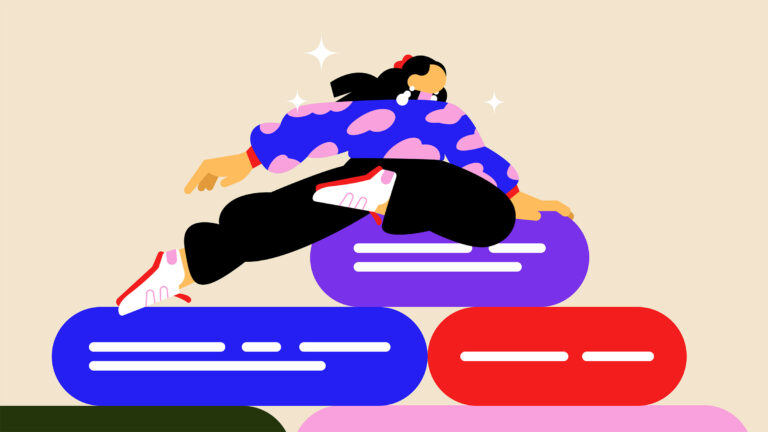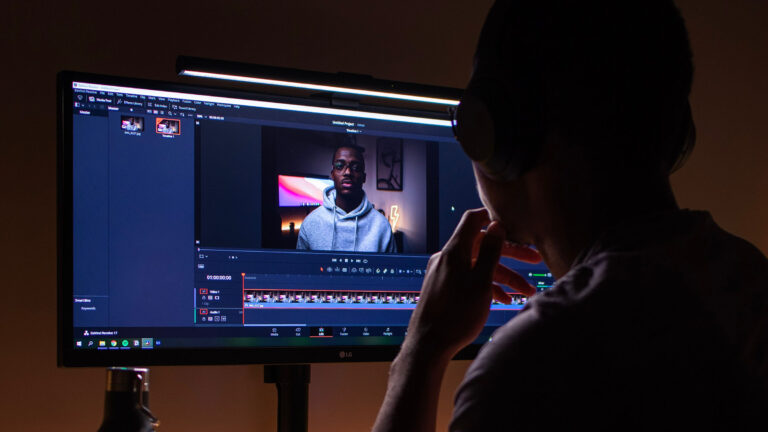A film project is made three times – once on the page, once on set and a final time in post. As a director, I’ve always seen the editor as an equal to the writer and director. Yes, the words and story are written by the writer and sure, the director puts those words into a cohesive order, dictating the style and feel of the piece; but at the end of it, they both hand the editor a sack of parts and tell her to build a movie. It’s a difficult, wildly important job and I’m as picky as an apple picker (they must be picky, right?) when I hire my post team.
I’ve personally seen my film project saved in post production innumerable times. The entire order of a piece, the intention, the very idea of the work can be completely changed in the editing bay. As an equal partner, I want my editor to be brimming with ideas, excited about the project and to consistently bring his own voice to the film.
Since our career is notoriously competitive, it’s often hard to know what qualities people look for when they hire for certain positions. To help, I’ve put together a guide on what I, as a director and producer, look for when I hire an editor, and also, what I look for to get that same editor re-hired (always an important step).
Here we go:
The hire
I look for a few parameters when an editor sends me their work. It should be noted that I heavily prefer both a reel and several scenes that can showcase specific strengths. I’ve known editors who can edit the hell out of a cool reel for themselves, but upon closer examination, their ability to cut an actual scene is severely lacking. This leads me to my first box to tick…
DO THEY HAVE THE RIGHT WORK FOR THE PROJECT?
If I’m looking for an editor to cut a comedy pilot, it drives me mildly crazy when I’m sent someone’s reality show reel.
I’d rather see less work that hits the style I’m asking for, than get a whole bunch of samples that take up my time and don’t give me any real information. (I’m always open to finding a diamond in the rough, someone who doesn’t have a lot of experience but that obviously shows a knack for a style).
When their content does match my ask, however, I look for a few things…
Can they edit comedy?
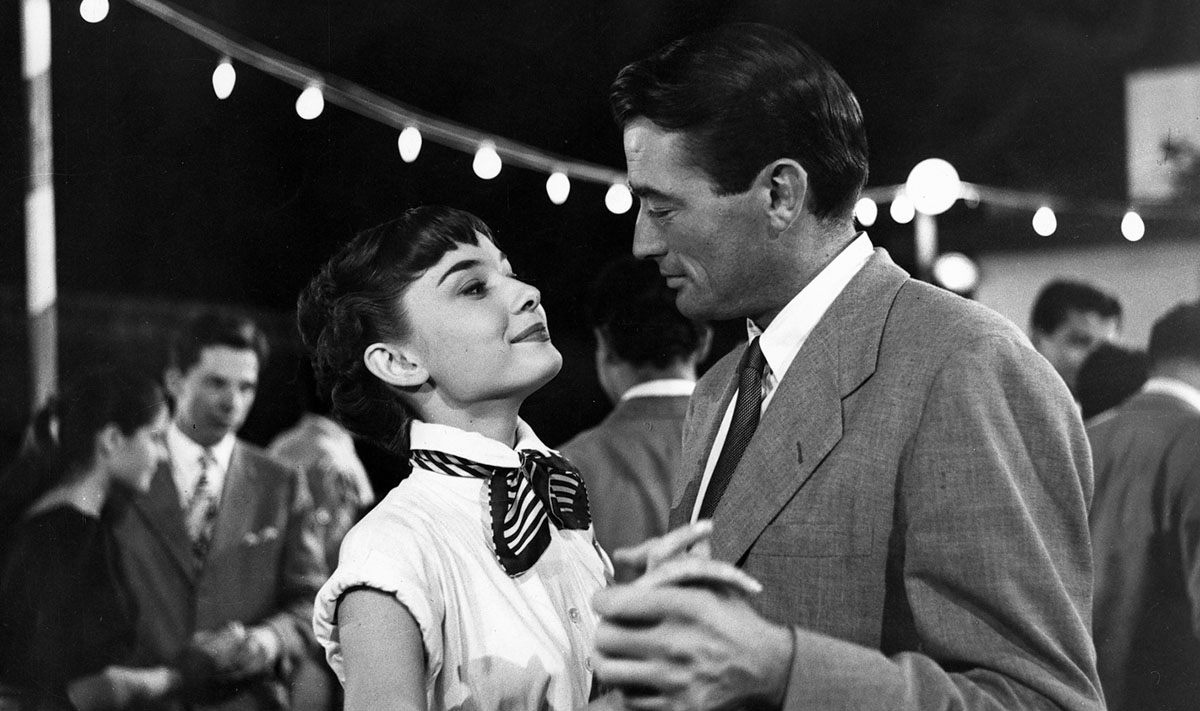
If the project is a comedy…
Editing comedy is not easy. I’d argue that it’s the hardest thing to edit. Timing is everything – and the editor needs to have comedy timing flowing through their very veins. In a particularly funny way.
This is an editor who doesn’t just know what’s funny, he knows the length of a comedic beat, the comedy of a well-placed look, and the rhythm of a joke. The first thing I look for when I’m hiring a comedy editor is does their reel truly deliver on the comedy. If not, no matter how good the rest of the reel is, I will likely look for someone else.
The fact is, you can give the editor specific notes to shorten a pause, but if they don’t know how long a funny pause is, you’re going to spend hours tweaking milliseconds off a cut. It’s exhausting for everyone involved.
A great comedy editor is a gift, which probably explains why I’ve often used the same editor for so many years.
All that said, when applying to edit a comedy, I would recommend scene samples that cover a few specific types of comedic scenes. These include:
Fast Patter: A scene with fast, back and forth dialogue. Rhythmic comedy that is like a game of ping-pong, back and forth, with a few choice moments of silence. Scenes like this, when done well, are the very height of comedy. It’s like listening to a finely crafted orchestra… that’s also very funny.
Here’s an example of fast-patter:
Awkward Silences: Long, awkward beats, where the comedy is in the looks of the actors, the movement of the cuts, the rhythm of the whole thing. This, much like the patter, shows me that the editor has a good grasp of comedic timing, that they know exactly how long an awkward pause should last before the action continues.
Note: In general, the American Office or British Office are a perfect study of comedy living in the awkward moments.
Physical Comedy: It’s like an action scene, but funnier. A good pratfall can nail a joke – and the editor has to show me that they can properly edit a tumble, a fall, a slap, you name it.
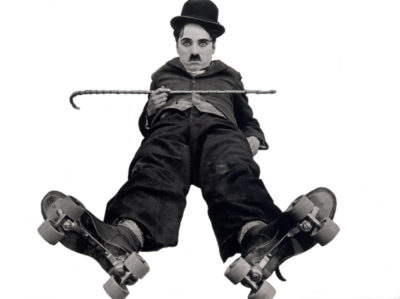
And this not only includes the pratfall, but the properly placed reactions of the characters watching.
Make Me Laugh: This is simple. Does the comedy sample you send make me laugh? Make me smile? Is it, in short, funny?
Can they edit drama?
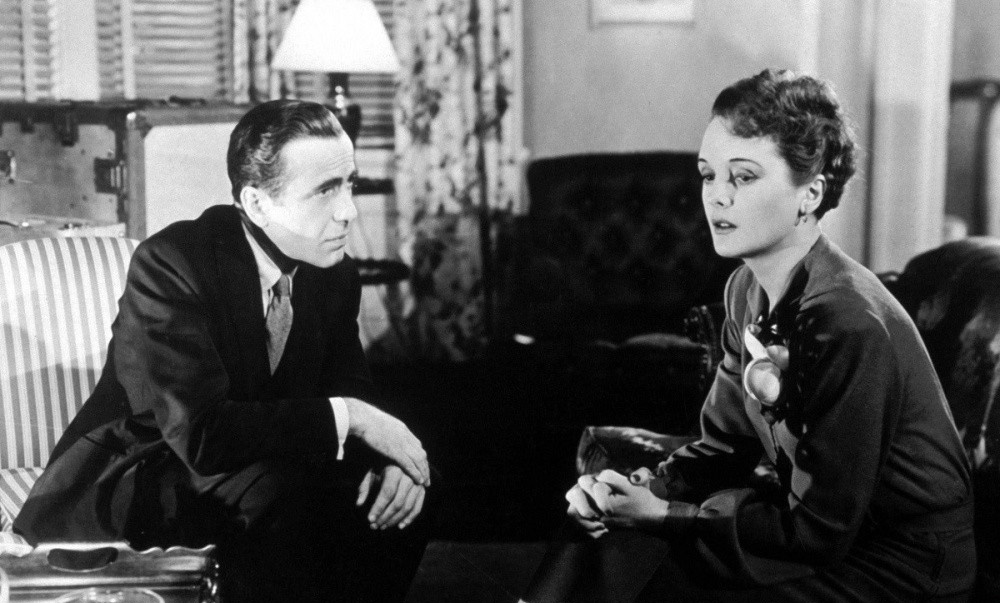
If the project is a drama…
Much like comedy, there’s a rhythm to drama, and often it can be found in the silences (read more about this in my interview with editor Chris McCaleb). When I watch an editor’s drama reel (or drama scenes) I’m similarly looking for a few key things:
The silences: Can they draw out moments? Do they know how long a dramatic beat should last? Can they, with a well-placed quiet moment, show us what the actors are thinking, wanting, needing? And do they use that silence effectively in an overall dialogue-heavy scene?
The action: If I’m doing an action-drama, I want to see if they can edit action. A fight scene, a shoot-out, whatever it is, a well-edited action scene is a seamless dance, and the editor is its choreographer. Be wary of sending a bad action sequence – that’s a recipe to never being hired to do one again.
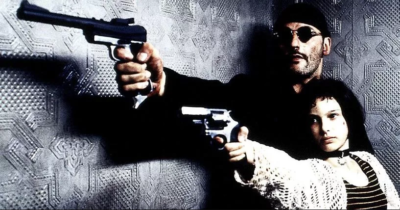
The drama: This seems like an obvious one, but when I look at a drama editor’s reel, I want to see drama that isn’t cheesy, that doesn’t feel like a soap opera. Drama that is raw and real and interesting. Please don’t send an old scene you did in college (where there is, undoubtedly, a character that is a hitman).
Send the moments you’re proudest of, the ones that make the viewer feel. Much like the “make me laugh” section in comedy, a drama scene should make me feel something.
Is the acting good?
It’s surprisingly easy to ruin acting in post-production. If you’re ever bored, try it. Pick bad takes, don’t hold on moments (or hold too long) and find reaction shots that don’t at all fit the scene. On the other hand, a good editor can save a bad actor’s performance. Therefore, make sure every scene you send is genuinely well-acted. Even if it’s not your fault that an actor wasn’t particularly great, it colors the entire watching experience and will knock you down on the list of potential hires.
Can they edit dialogue?
A lot of editing reels I’ve seen feel more like DP reels than anything else – all visual, very little dialogue. The first thing I look at, however (no matter what the genre of the project I’m hiring for), is whether the dialogue is edited well. Sure, film is a visual art, but it’s also, in most cases, meant to mimic life — and what if life is not a whole lot of talking?
Next time you’re at a cafe, pay attention to the many different conversations and rhythms that are happening around you. There’s a beauty to it, be it dramatic or comedic. People flow over one another, they cut each other off, they take moments, race through stories, raise their voice, whisper, get distracted – it’s an entire, subconscious dance.

I want an editor who can capture that natural dialogue flow, where the cuts are seamless and I feel like I’m sitting and chatting right along with the actors.
The re-hire
Okay, so we’ve done one job together. The film industry is wildly incestuous and often, once you work with one person, you’re going to end up working with them over and over and over again. Trust is hard to build, but once you have it, you’re going to be working.
Here are the things I look for when I decide which editors I want to re-hire…
Were they easy to work with?
Editing is a hard job. Aside from the actual mechanics and pressures of the work, it’s one of the few jobs where multiple people can lurk behind your shoulders, criticizing your every tweak, while loudly eating Cheetos and breathing down your neck. It’s… wholly unpleasant. In addition to that, as an editor, you might make some decisions you’re extremely proud of and then have those decisions overturned by the People in Charge, be it the director, producers or whoever else, making the whole process feel a little… powerless.
I understand all of these things, and I try to minimize those feelings of irritation and powerlessness to the best of my abilities. That said, I need an editor who can not only deal with the pressures of the job, but who is willing to do it with a smile. Someone who enjoys their job, who can collaborate well, who enjoys being in the trenches and can stand the hot, cheeto-stained breath of the director on their neck.
In short, filmmaking is a long and arduous process – I want to be stuck in a room with someone who can be light-hearted, who can laugh, joke and who loves filmmaking as much as I do.
Can they take notes?
Not only emotionally, but in practice too.
I am the nitpickiest of nitpickers. As a comedy-leaning director, I’ve worked for hours sometimes trying to get a joke just right. I need the beat to be shorter. Longer. The rhythm is off. The acting feels wrong. The intention of the scene isn’t working. When I give these notes, I need someone who can deliver on a result without me hand-holding every cut.
Other times, my notes are less specific. They’re working off a feeling. Something doesn’t feel right. It’s not landing. It’s all sitting wrong and I can’t quite place my finger on it. In this situation, I will re-hire the editor who could take my notes and translate them into something meaningful. They can listen and offer potential solutions and together we fix the problem.
In other words, I want an equal partner, not just a pair of hands.
Can they fight for their ideas?
I thoroughly believe that an editor needs to be a creative force. I want to hear their ideas and I want them to bring their own style to a project. That means that when we’re sitting in in an edit and the editor has something that they’re proud of, I’d like them to be able to explain their vision to me clearly and concisely. I want them to not be afraid to voice their opinion, to discuss and fight for it, and if, at the end, we still decide to go another way, I want them to be able to swallow their pride and move on.
Were they creative, or did they cut by numbers?
I’ve worked with a couple of editors who wanted a cut-by-cut breakdown of a scene from me. The issue was that they both had came from an editing-mill (like a puppy mill but less cute) and they were used to being given paint-by-number binders. This wasn’t their fault – it was just what they were used to, but it’s not at all the way I like to work.
Similarly, while I want a rough cut to include every piece of dialogue in a scene, I also don’t mind the editor finding something new, experimenting, showing me a different way into a scene. What you shoot can vary, so what you had on the page will often be completely different than what you get when you shoot it. If the editor edits line by line by line, they might miss the moments in-between, the little touches the actors brought to the project, the surprises, the accidents.
I want to bring back an editor who brings their own creativity to a project and surprises me with their choices. I want them to put their own stamp on a project.
Can they hit a deadline?
This is a simple one. If they tell me they can follow the post-schedule and they don’t hit the dates, that’s someone I’d be hesitant to hire again (unless there were extenuating circumstances, of course). The key here is to be reasonable about your estimates and to speak up when you think the timing is unrealistic. It’s better to come in early then to come in late, so be careful what you promise and make sure it’s realistic, lest you over-promise your way out of a job.
How were the rough cuts?
Rough cuts are a tricky creature. On one hand, an editor will often not have a whole lot of time for their rough cuts and, generally, the cuts aren’t expected to be particularly great. On the other hand, a rough cut needs to show the promise of a good scene (if the scene is, indeed, good). It’s maybe an unfair ask, but I prefer an editor who has a rough knowledge of sound editing so they can at least even out some sound glitches to make cuts less jarring.
As a director, when I oversee a rough cut for a client, my goal is to make it look not like a rough first cut but like a smooth-ish second pass. I want it to be able to catch the essence of what the final product might look like. Yes, it might get whole minutes cut off of it in the end, and yes, we may end up changing the intention of the scene dramatically. But, the goal is for the scene to be watchable. When I watch my editor’s rough cuts, I’m generally expecting the same thing.
This also helps me not enter a deep, dark depression after I watch a terrible first cut of something I made.
One final thing
I’d like to leave off by saying that all of these things come from my own particular preferences and experiences. Some directors might prefer a mute editor who does what they say (and I can confidently say to those directors: you’re hurting your own project). Others might care less about an editor’s passion or love for the art, and just want someone who can cut quickly and give them the product that they want.
That’s fair enough. For me, I’m a filmmaking romantic. I love filmmaking because I love collaborating, I love creating art with talented people who love creating art with me. If you can be one of those people, I’ll hire you all the time, for everything, until you’re either dead or you’ve grown to hate me.
Good luck out there, go make some movies.



